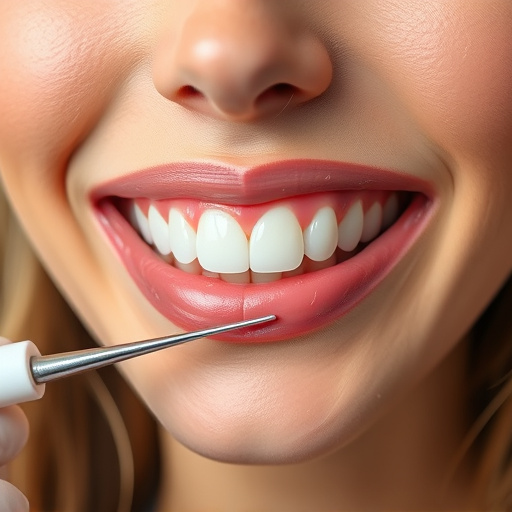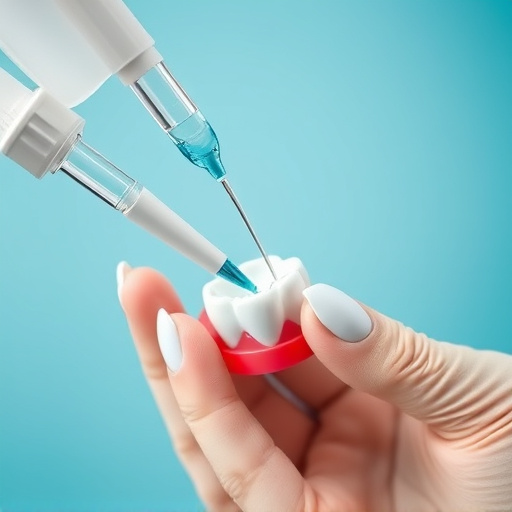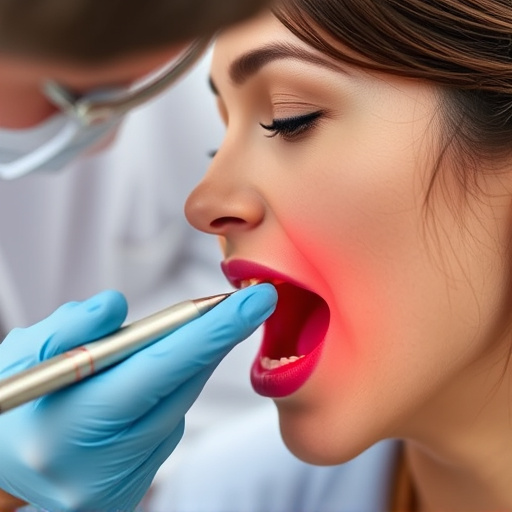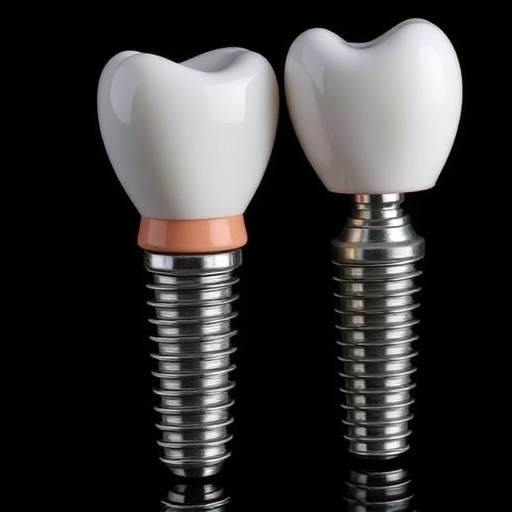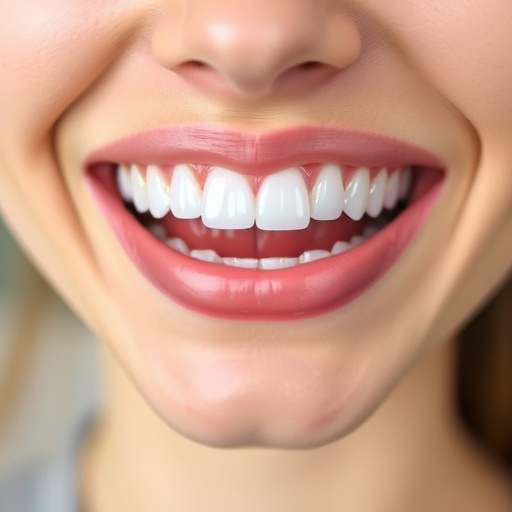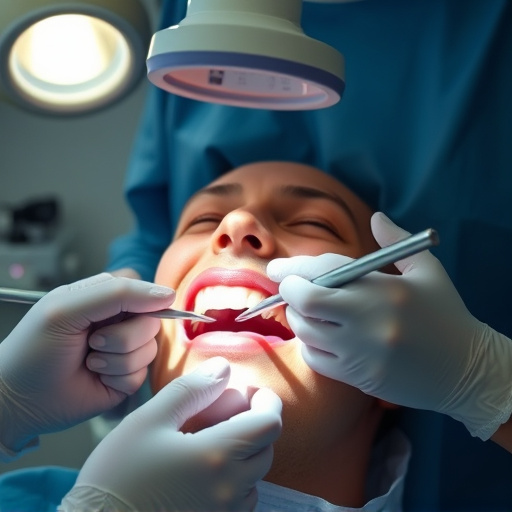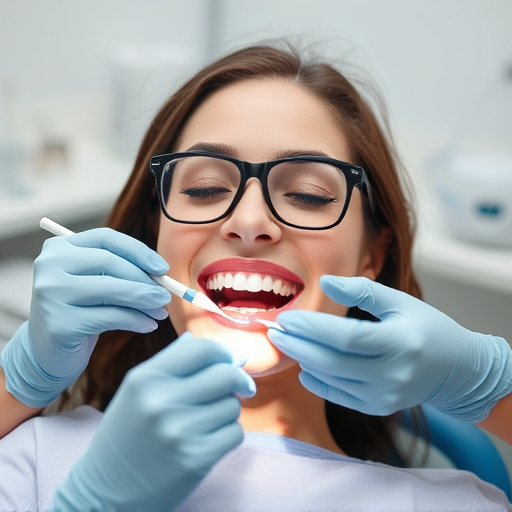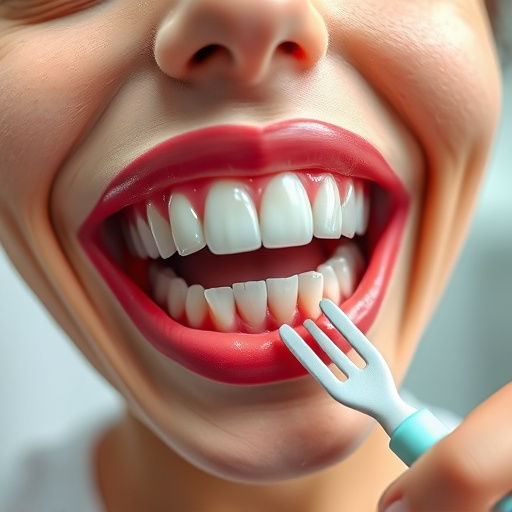Bone grafting treatment is a cutting-edge dental solution that leverages the body's natural bone regeneration abilities for successful tooth repair and restoration. Using grafts sourced from autologous, allogenic, or xenogenic materials, this procedure strategically places scaffolds to initiate new bone formation, enhancing structural integrity, improving function, and restoring aesthetics in both dental and oral contexts, especially after extractions or clear aligner treatments. By aligning with natural healing processes, bone grafting significantly improves outcomes for wisdom tooth removal and other procedures, ensuring a strong foundation for teeth and preventing facial structure atrophy.
Natural bone regeneration through bone grafting treatment offers a promising solution for restoring damaged or missing bone structures. This advanced medical procedure has revolutionized orthopedic care, providing a biological approach to healing. Understanding bone grafting involves grasping how it leverages the body’s inherent regenerative capabilities. By using autologous, allogeneic, or synthetic materials, this treatment unlocks the potential for new bone growth, ensuring structural integrity and improved functionality.
- Understanding Bone Grafting Treatment: Unlocking Natural Regeneration
- The Science Behind Bone Grafting: Materials and Techniques
- Benefits and Considerations for Successful Bone Regeneration
Understanding Bone Grafting Treatment: Unlocking Natural Regeneration

Bone grafting treatment is a revolutionary approach that harnesses the body’s natural ability to regenerate bone, offering hope for those dealing with bone defects or losses due to various conditions or procedures like tooth extractions or clear aligner treatments. This advanced technique involves the strategic placement of bone grafts, which can be autologous (from the patient’s own body), allogenic (from a donor), or xenogenic (from an animal source), at the site of the bone defect.
The process stimulates the body’s regenerative response, triggering a series of events that lead to new bone formation. This not only restores structural integrity but also improves overall function and aesthetics. By understanding how bone grafting treatment interacts with the body’s natural healing processes, medical professionals can unlock significant potential in tooth repair, enhancing outcomes for patients undergoing procedures like tooth extractions or clear aligner treatments.
The Science Behind Bone Grafting: Materials and Techniques

Bone grafting treatment is a scientifically advanced procedure that aims to restore and regenerate bone tissue, offering hope for those with bone defects or deficiencies. The science behind it involves the careful selection and application of materials that can serve as scaffolds for new bone growth. These materials range from autologous bone (taken from another part of the patient’s body) to allogenic bone (from a donor) and synthetic substitutes.
The technique employs precise surgical methods to place these grafts into the desired area, providing a foundation for the body’s natural healing process. This process is often enhanced by the use of growth factors or stimulants that encourage cellular activity, promoting bone regeneration. In the context of restorative dentistry and cosmetic dentistry, bone grafting plays a pivotal role in procedures like wisdom tooth removal, where maintaining jawbone health is crucial to prevent atrophy and ensure facial structure integrity.
Benefits and Considerations for Successful Bone Regeneration

Bone grafting treatment offers a promising avenue for natural bone regeneration, addressing various dental and oral issues. One of its key benefits is promoting bone growth where it’s needed most, whether filling in missing jawbone segments due to tooth loss or preparing the groundwork for dental implants. This process can significantly enhance the success rate of subsequent procedures like clear aligner therapy or wisdom tooth removal by ensuring a strong, stable foundation for teeth to anchor onto.
Successful bone regeneration relies on several considerations. Adequate blood supply is crucial for delivering essential nutrients and oxygen to stimulate bone formation. The graft material’s compatibility with the patient’s body is equally important to prevent rejection and ensure long-term success. Additionally, maintaining proper oral hygiene and following post-procedure care instructions are vital to prevent infection and support the healing process, much like how good oral hygiene after family dentistry procedures aids in wisdom tooth removal and overall dental health.
Bone grafting treatment offers a promising avenue for natural bone regeneration, harnessing the body’s inherent healing capabilities. By understanding the science behind this procedure, utilizing advanced materials and techniques, and considering key benefits and potential challenges, medical professionals can facilitate successful bone regeneration, improving quality of life for patients. Bone grafting treatment, with its ability to unlock the body’s regenerative potential, holds significant promise for a variety of applications.


